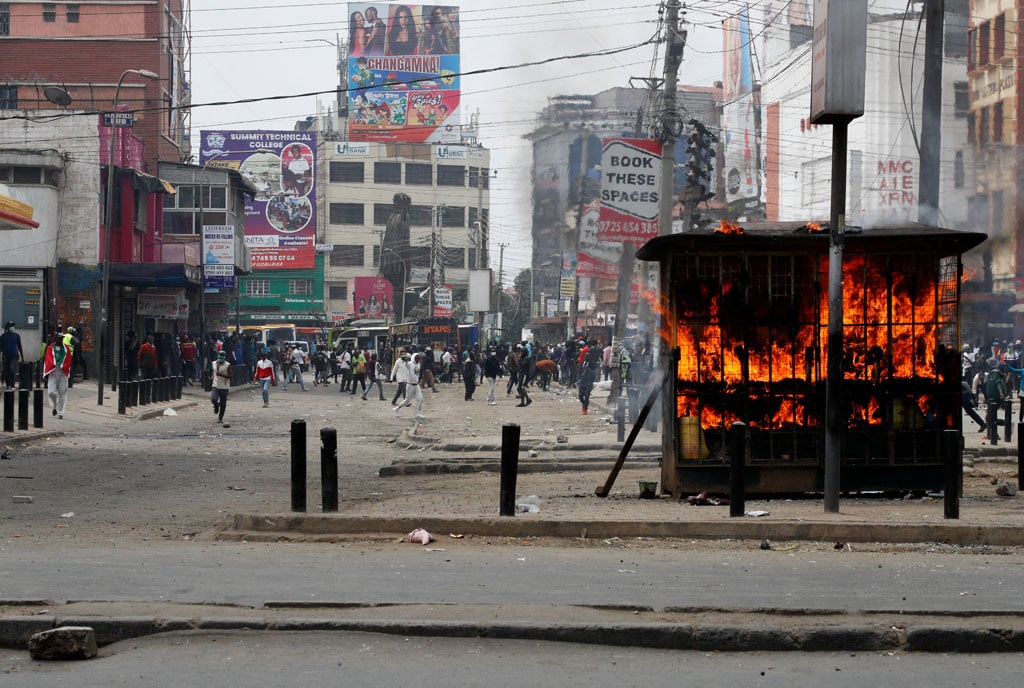Prime
The climate loss and damage fund should start with our transport infrastructure

Juliet Katusiime Zizinga (PhD). Photo/Courtesy
What you need to know:
As soon as such funds are receivable at local and national levels, our roads and other transport infrastructure should top the list
Heavy rains, this time, have left the transport infrastructures either broken, impassable or with visibly dangerous marks s. Other effects include the continuous rain disrupting open markets and roadside businesses, heavy runoff, and flooded homesteads among others.
The broken infrastructure due to the rain, is also threatening to erode existing city governance and decision-making procedures, as command and control agencies such as national armies indicate interest in salvaging the problem, for a lower cost.
Climate change is currently a top global concern with global finance, policy, science, and politics aligned to related management. As such, one of the leading, global conferences on climate change is happening in Dubai, for the 28th time. Shortened as COP (Conference of Parties), the event attracts the world’s participation from political leaders such as presidents, government technical and political personnel, research and academic entities, business and private sector players, the civil society among others. Among the main acts, is the continuous negotiations on how to achieve the Paris Agreement on climate change to limit global temperature increase within 1.5-2 Degrees Celsius above pre-industrial levels, as a considerably safe zone. This ambition requires radical decision-making and changes around global lifestyles, especially those dependent on the use of fossil fuels. Fossil fuels (coal, oil, and gas) use are the leading source of about 75 percent of global greenhouse gas emissions and nearly 90 percent of all carbon dioxide emissions into the sphere, causing global warming, and thereby, the so-called climate change.
As nations struggle with backing off fossil fuel dependence and other mitigation measures (ways to cut climate-inducing emissions), low-income countries especially, are interfacing with the brute effects of climate change resulting in an estimated $290 billion and $580 billion annual loss and damage costs by 2030 (cites the Institute of Human rights and Business).
The costs manifest in broken transport systems, swept away houses by floods and landslides, wider losses in food crops, and loss of lives. The figures are astounding, for instance, extreme weather events such as droughts result in annual winter wheat production losses exceeding 23 million euros in Germany (Schmitt et al, 2022), and, crop losses are estimated between 50-70 percent crop loss in Karamoja, a sub-region in Uganda (FEWS-NET). No wonder the calls for setting up a loss and damage fund as a compensatory and adaptation mechanism are loud, and there are signs that they are heard. Indeed, at the onset of COP28 in Dubai, slated to last from November 30 to December 12, 2023, some countries started committing some funds to the loss and damage fund establishment. Among them are Germany, France, UAE, and Japan.
The mechanisms through which this fund will become operational and indeed serve the purpose are still being developed. But, as other funds, we need to be aware of past lessons and advise future innovations.
Several questions will occur, as criteria, and I suspect the quality and quantity of the said “lost and damaged” will be central. To answer such and many other questions, we shall need multidisciplinary teams and multi-sectoral frameworks and evaluation systems. We shall need quality establishments, and integrity in documentation and management of data.
Importantly, we shall need an infrastructure or actions that promise less reliance on fossil fuels, or other environmentally detrimental actions as a way to pay back credit into mitigation to make it a substantial deal. The infrastructure in the case of the transport sector needs to be intentional in renewable sources, enabling walking, cycling, and public transport, with safety for instance, and agroecological food production in the case of crop loss and damage.
As such, we shall need to frame our plans and actions around climate “loss and damage” of the established and or the yet-to-be-constructed or planted, to improve our chances. We, however, have to be aware of such “end-of-pipe” measures as an attempt to solve our long-term societal and climate-related challenges. In this case, borrowing a leaf from the “polluter pays principle” in the environmental management realm, and how it does not in some way look like a given right to pollute, in this case, to cause losses and damages through climate change mitigation inaction.
As soon as such funds are receivable at local and national levels, our roads and other transport infrastructure should top the list, followed by support for a just transformation of the agriculture, food, energy, and eco-systems.
Ms Juliet Katusiime Zizinga (PhD) is an environmental sustainability researcher and advocate.



